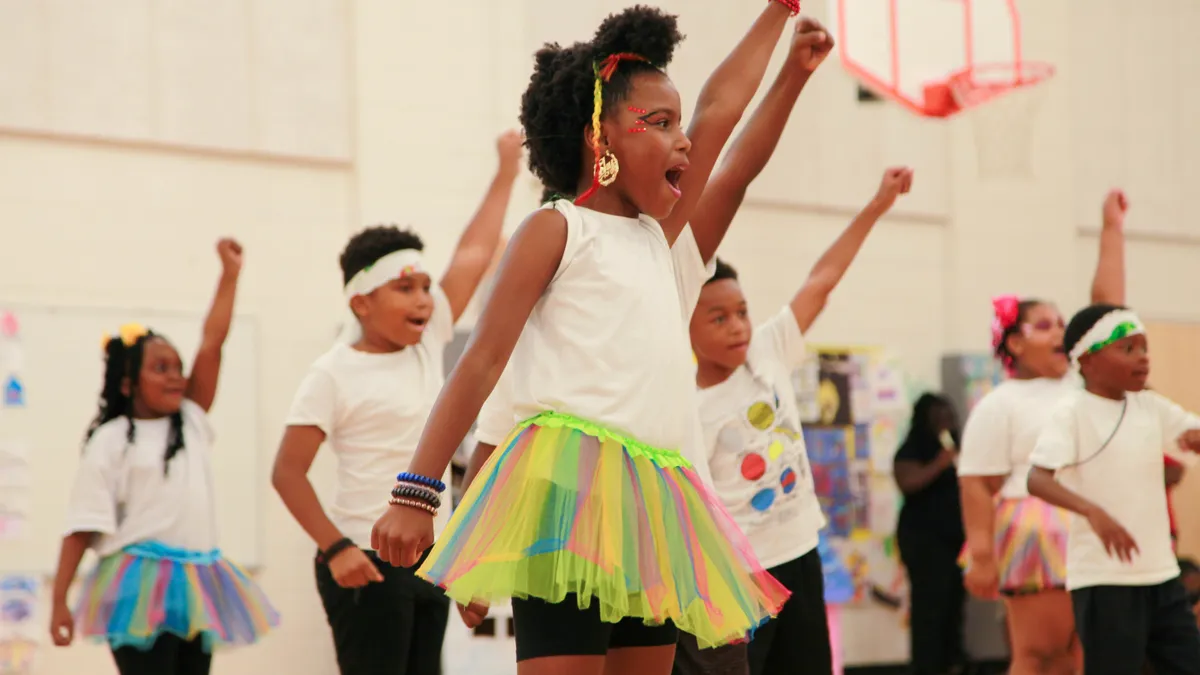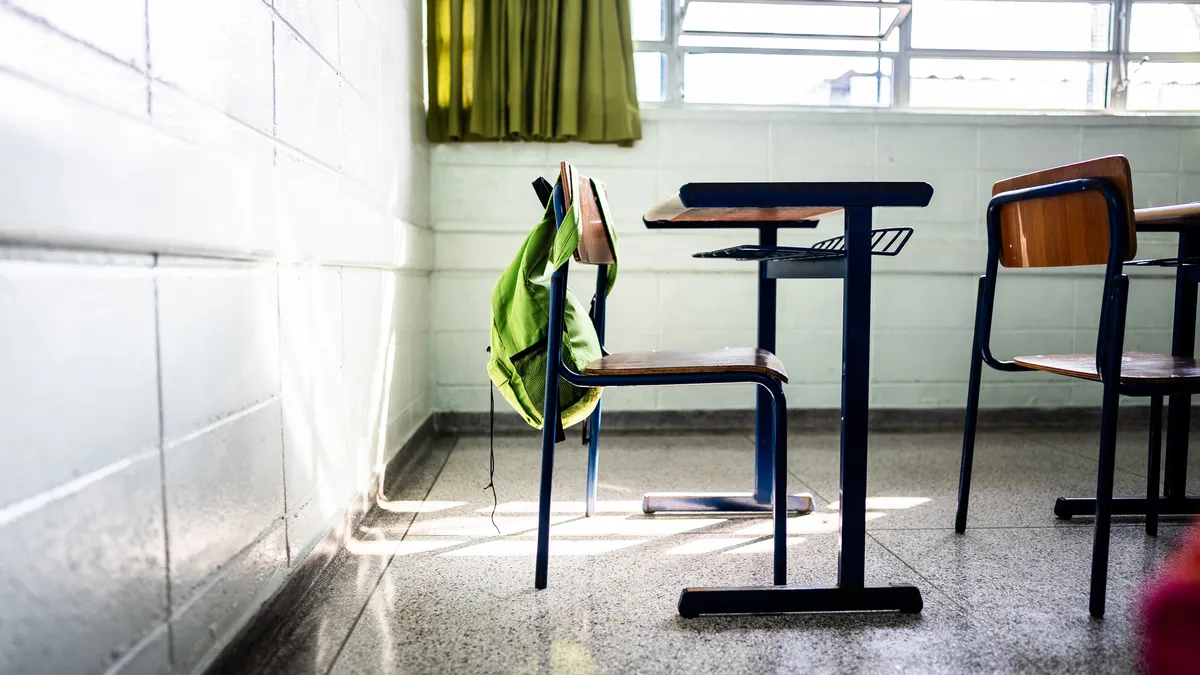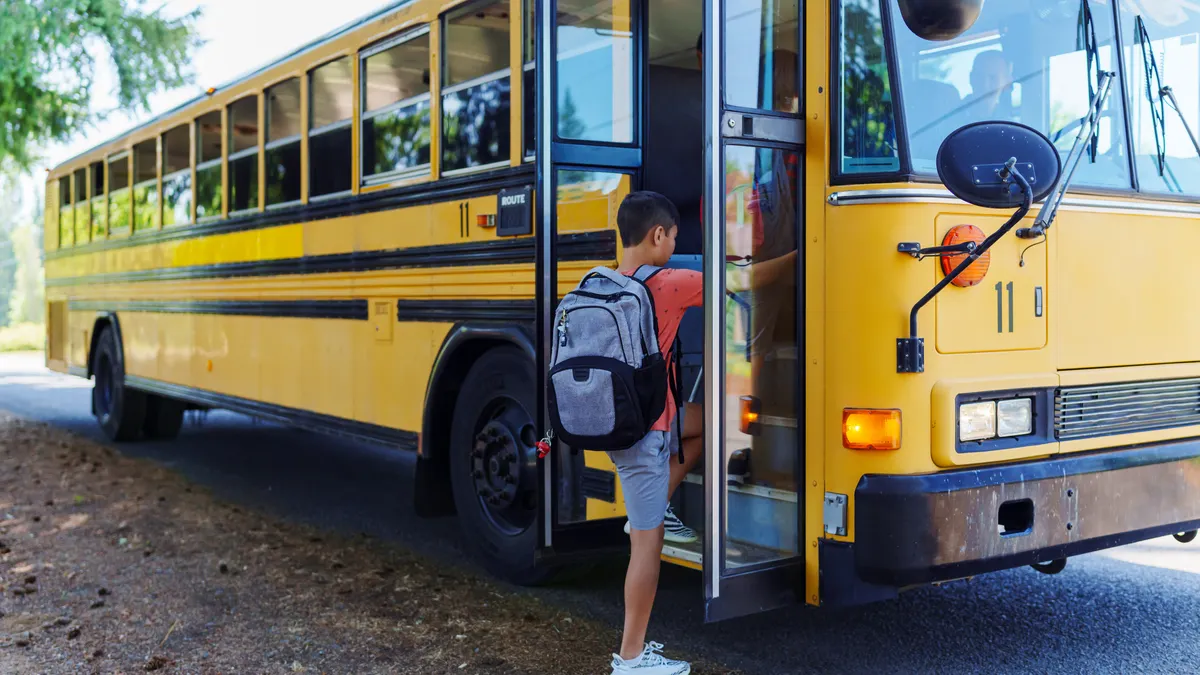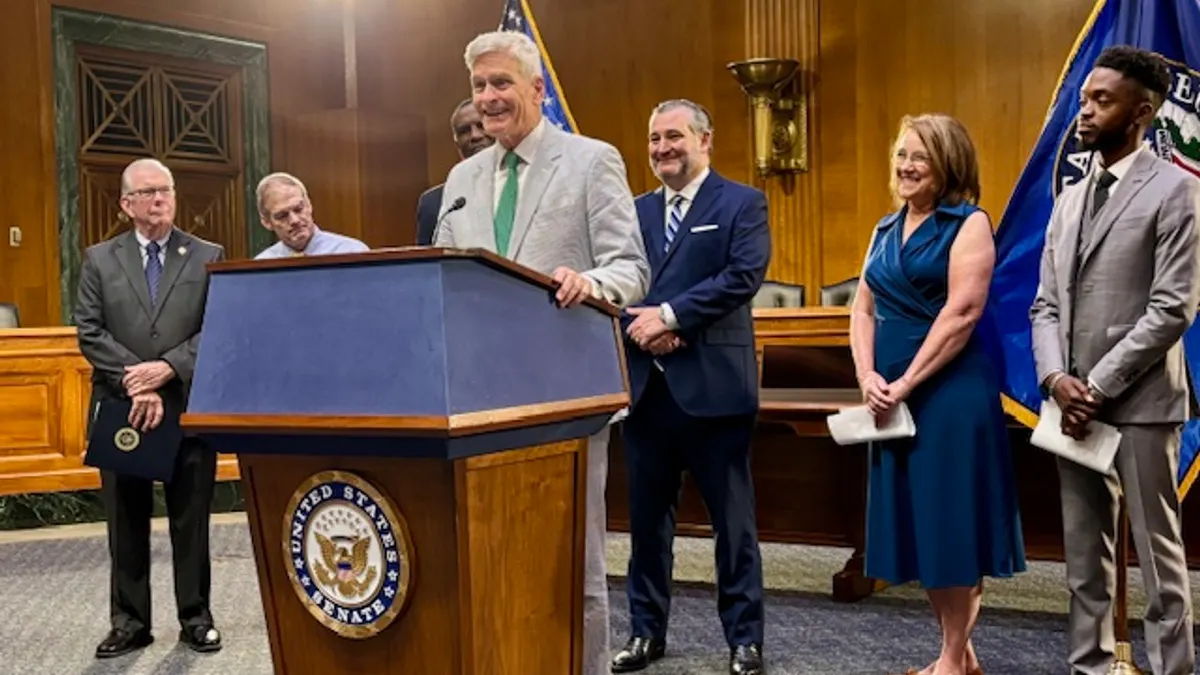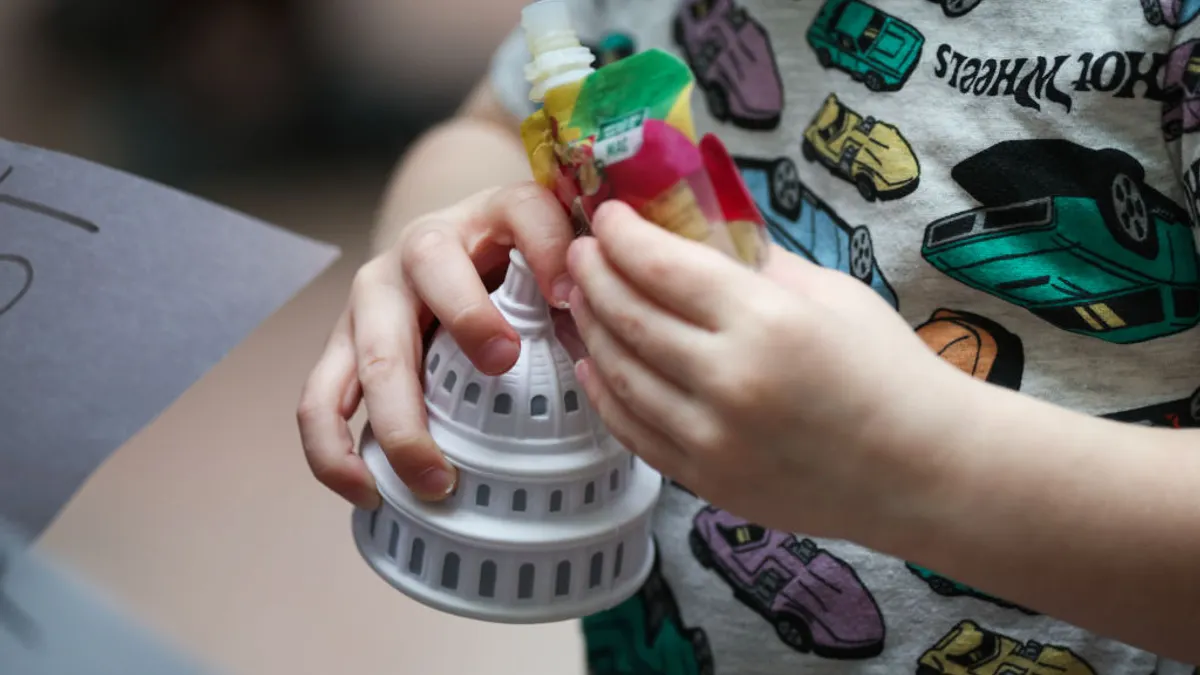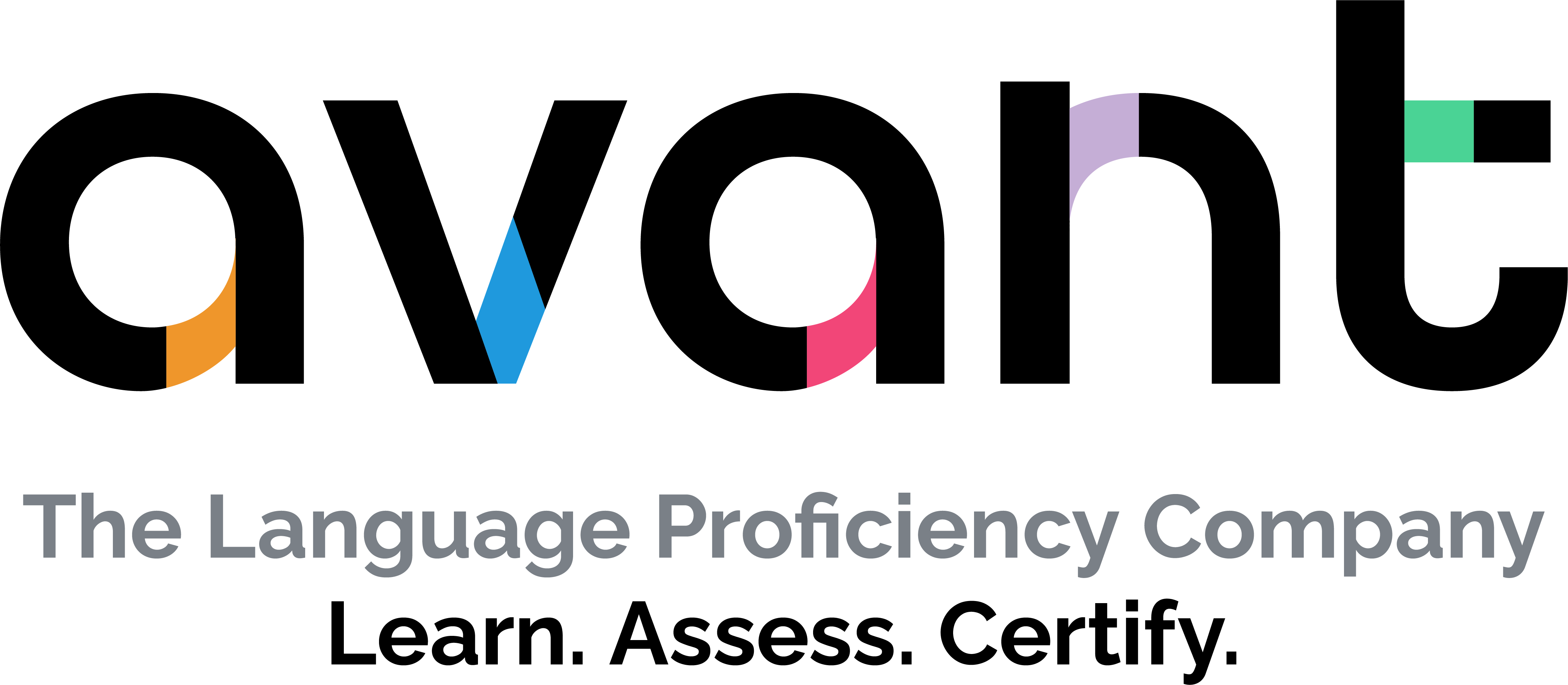Until not long ago, the term “summer school” would instill dread in, well, pretty much everyone.
“The feeling was, if you have to go learn math and reading, it was punishing. It was because you failed,” said Aaron Dworkin, CEO of the National Summer Learning Association. “It became stigmatized. Teachers didn’t want to teach, kids didn’t want to go, and parents didn’t want to send them.”
But a shift toward summer learning through enrichment activities has changed the game, and school districts across the country are increasingly partnering with local nonprofits and other organizations to find new and creative ways to make sure students have ample opportunities for summer learning.
That’s especially important for learners from lower-income families, who generally have fewer opportunities to experience the world at large, Dworkin said.
“This is what we have been pushing,” he said. “We have about 25 million kids on free and reduced lunch in America. We have enough partners to serve all those kids.”
Use the city as a classroom
The public-private partnership Boston After School & Beyond offers 255 summer programs, including about 100 that offer five full days of academics and enrichment, through a network of organizations including Boston Public Schools. The initiative served 17,252 students last summer.
Using “the entire city as a classroom,” the initiative “is a reinvention of summer school into a more enriching summer program,” said Chris Smith, president and executive director of Boston After School & Beyond.
“We have all these natural, cultural and neighborhood assets, and we are deploying them to help meet the needs and interests of young people in a way that no school or district could on its own,” he said. “We are not confining learning to schools. We bring the kids and teachers out in community settings.”
The program exposes children to a variety of interests — including animals, urban gardening, lacrosse, boxing, science and sailing — to stimulate engagement and ultimately learning. The program was part of a national study by Rand Education and Labor sponsored by the Wallace Foundation, which found that students who attended 80%, or 20 days, for two consecutive summers outperformed their peers in math, English, language arts, and social-emotional skills, Smith said.
The experience also helps children, particularly those from lower-income families, develop a sense of belonging as it relates to community institutions, he said. “They feel much more at home in the city’s museums, zoos, colleges and nonprofits. They are seeing the world beyond their own neighborhoods.”
The initiative started as a pilot in 2010 and now gets funding from Boston Public Schools and the Massachusetts Department of Elementary and Secondary Education, as well as corporations and nonprofit foundations. Funding summer enrichment programs should be a matter of public policy, Smith said.
“Access to these programs cannot merely depend on economics and assets but should be part of education,” he said. “This year, and every year, we want to find even more enriching opportunities for young people.”
Pair teachers with artists
The nonprofit Arts for Learning Maryland partners with Baltimore City Schools to provide the Summer Arts for Learning Academy, a full-day, six-week program for pre-K through 6th grade students.
The initiative partners local artists with educators in order to teach students math and literacy through a variety of art mediums, including painting, ceramics, music and dance. Last summer, nearly 2,800 kids attended the program, held at nine schools under the guidance of about 120 teachers and 120 artists, said Stacie Sanders Evans, the group’s president and CEO.
“For example, if teachers are teaching fractions, we find ways to use visual arts in fractions, or to use music and rhythm with half beats and quarter beats,” Sanders Evans said. “Kids are having a lot of fun and don’t even know it’s learning.”
Data shows the program fosters academic development, Sanders Evans said.
In 2022, students who participated in 75% or more of the program improved their average math standardized test scores from 28.2% to 30.3%, and those who had ended the previous school year one or two levels below their grade level in math had especially large gains, she said.
There were similar findings for students who ended the 2021-22 academic year below benchmark on the DIBELS (Dynamic Indicators of Basic Early Literacy Skills) reading assessment. Results showed an average 76% increase in students’ scores over the course of the summer. English learners and students with disabilities who have individualized education programs also showed improvement, she said.
The program — which also provides training and professional development — is equally popular among artists and teachers, who get paid the same hourly rate, Sanders Evans said. Artists learn things like creating lesson plans and breaking down their artform to teach; teachers serve as experts on the curriculum and generally focus on the areas in which kids are struggling.
“We have a huge retention rate with teachers,” she said. “Eighty percent are returns, which means they are giving up their summer [to participate]. Teaching in the program is really rejuvenating.”
Give students a choice
Over the years, Tuscaloosa City Schools in Alabama has experimented with having students choose their own summer learning opportunities, all with the goal of bridging educational gaps.
“At the elementary level, we have found that building programs around themes and then weaving grade-level standards, instruction, activities, field trips and even decorations into that theme is most effective,” said Andrew Maxey, the district’s director of strategic initiatives. “Within that construct, students are given a great deal of choice at the activity level.”
In middle school, students are allowed to make choices about the classes and programming they participate in. For high schoolers, summer learning is “full a la carte,” with students participating exclusively in opportunities that they select, Maxey said. “There is no standard day for a high school student. They are on campus as long as they are interested in being there and then are free to leave.”
Just over 3,000 students took part in the summer learning program last year. In 2021, nearly 60% of students who consistently attended avoided summer learning loss in reading, compared to 16% of those who didn’t attend regularly. In math, nearly 48% of regular attendants avoided learning loss, compared to 23% among the others, according to Results for America’s Economic Mobility Catalog evaluation of the Tuscaloosa program.
The district’s summer learning program earned the 2023 Little Red School House Award from the Council for Leaders in Alabama Schools.
Unlike the elementary school model, which is intended as a shield from learning loss, high school summer learning “is designed to provide things of value to young adults,” Maxey said.
High schoolers are offered three types of summer opportunities:
- Learning, which can include credit recovery, credit advancement and dual enrollment.
- Work, which can include job placement, internships, apprenticeships and volunteerism.
- Experiences related to students’ affinities, which can include art, soccer, games and college tours.
Focus on social-emotional learning
Milwaukee Public Schools offers a summer overnight camp program for 4th through 8th graders with the goal of helping students rebound from the effects of the COVID-19 pandemic.
The program, which started in 2022, is operated in partnership with camps across Wisconsin and aims to foster confidence, friendships and an affinity for nature and exploration, said April Heding, manager of the district’s afterschool arts and humanities program. Last summer, the camps were attended by 163 students, including 74% who were students of color, she said.
The district has not evaluated academic performance in relation to the program, which is based on the notion that social-emotional learning is essential to students' overall well-being, Heding said.
“Generally speaking, social-emotional learning provides students with opportunities to develop positive social skills and build relationships with others. These skills and connections support their ability to effectively collaborate, communicate, and navigate social dynamics within the classroom,” Heding said.
It’s important to provide a variety of camp options for students and families to find the perfect fit, said Sarah Resch, executive director of Camp Whitcomb/Mason of Boys & Girls Club of Greater Milwaukee.
“There are weeklong camps, four-week camps, just girls, just boys, co-ed… Some families don’t want kids to travel far. Others are OK with sending them [far] to northern Wisconsin,” she said. “Every family is in a different place.”
Camp helps students learn to be independent, make decisions and overcome fears, Resch said. The experience also prepares them for activities like going away to college or moving for a job, she said.
Also, having an outdoorsy experience while staying away from technology can be a revelation for children, Resch said. “We don’t have screens at camp. As much as they balk at that, we hear so many kids saying, ‘It was really nice we got to do so many cool things, because we were not distracted by screens.’”


